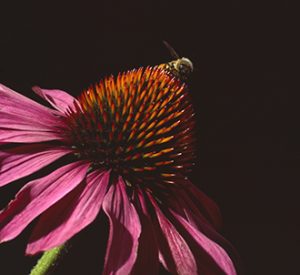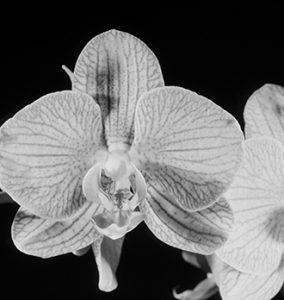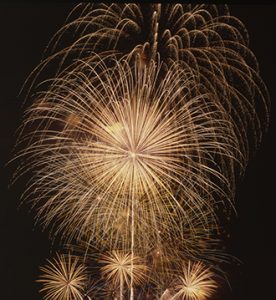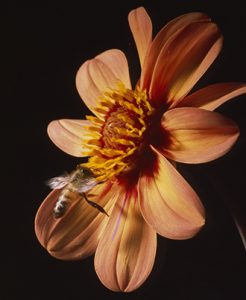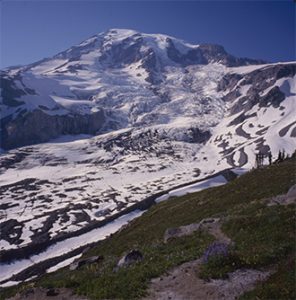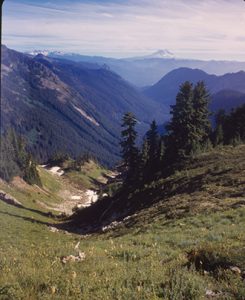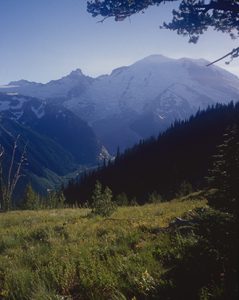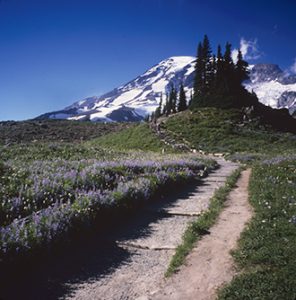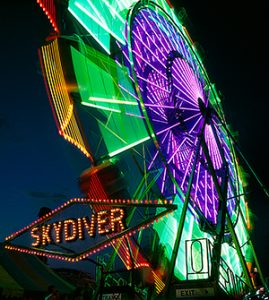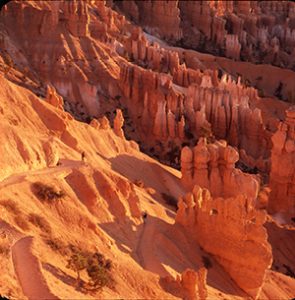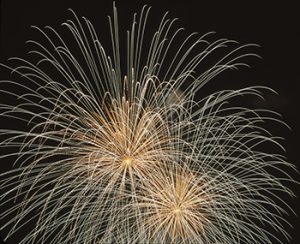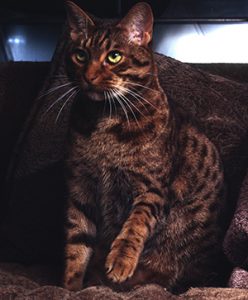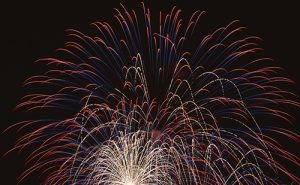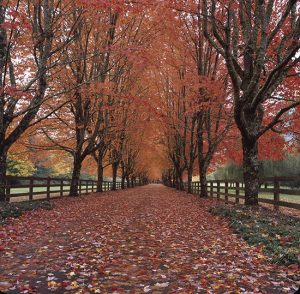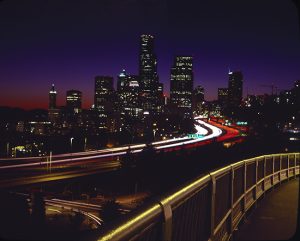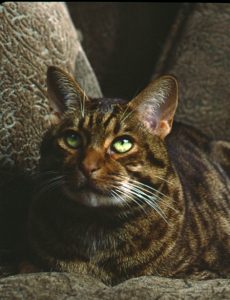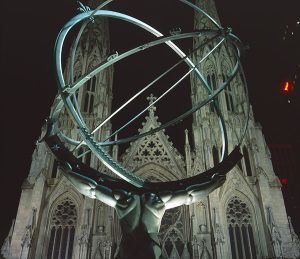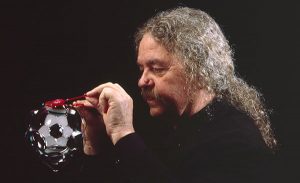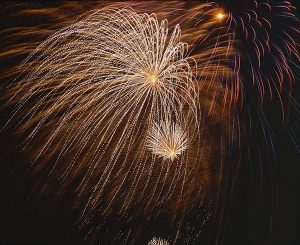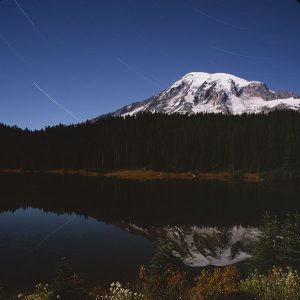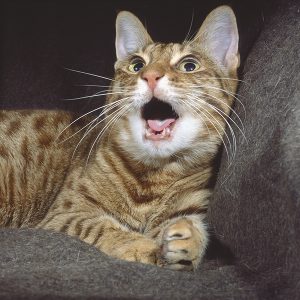
Keep it down up there, Willya?
One of the reasons I wanted, and built, this Macrobox was to capture shots of Tess in MF3D. I knew it wouldn’t be an easy pursuit because the moment I started doing something she would be all over it. “No, Tess, I want you *in front* of the camera. Not *on* the camera.” That sort of thing.
I was able to catch her in a quiet moment when the camera and strobes had been pre-set for her position. I like to think that in this shot she is hollering at some kids upstairs to be quiet. In fact I caught her in mid yawn.
